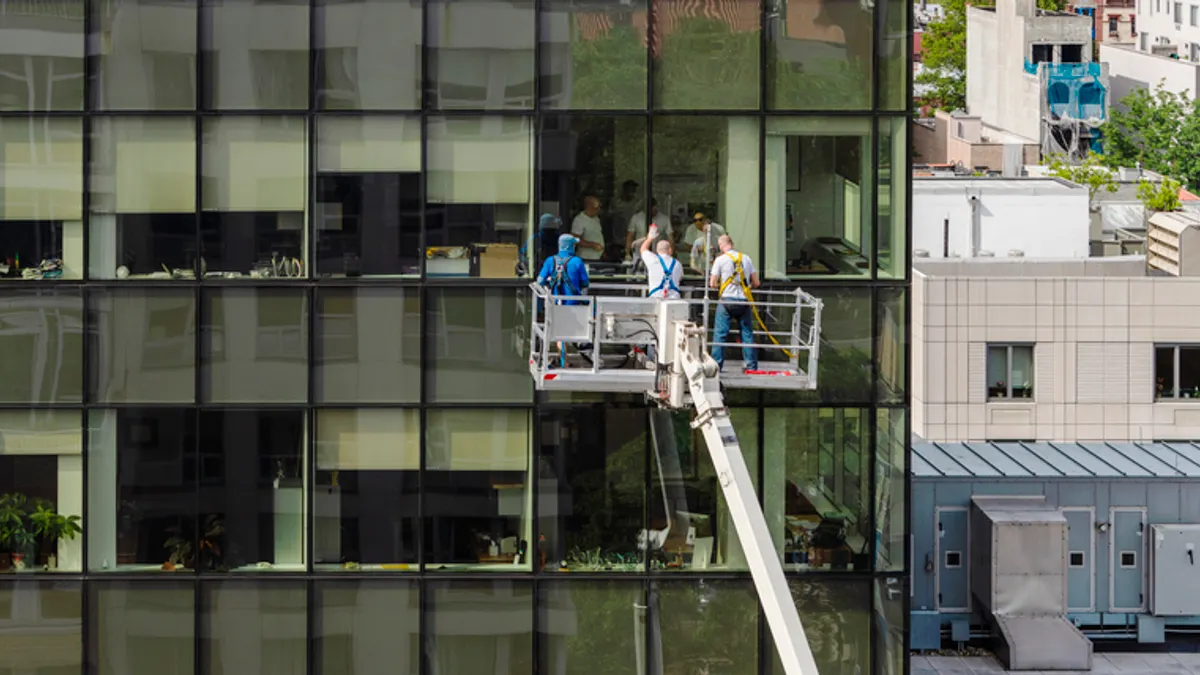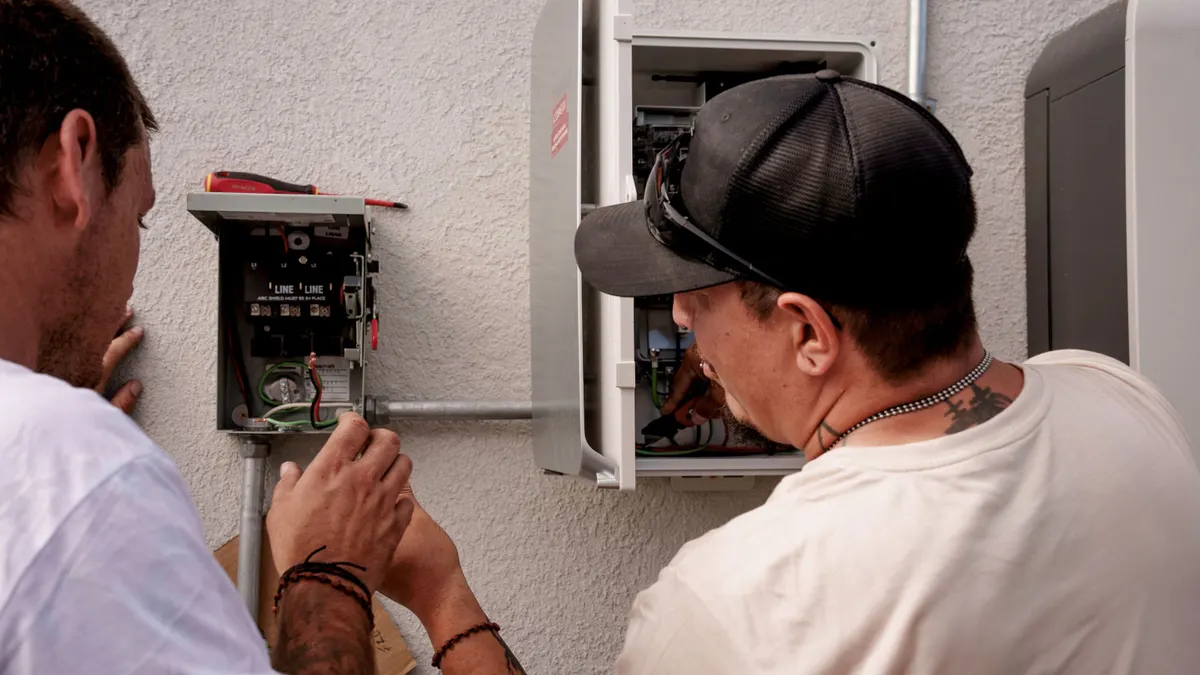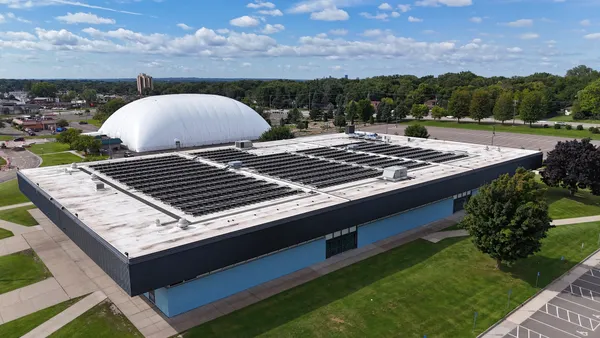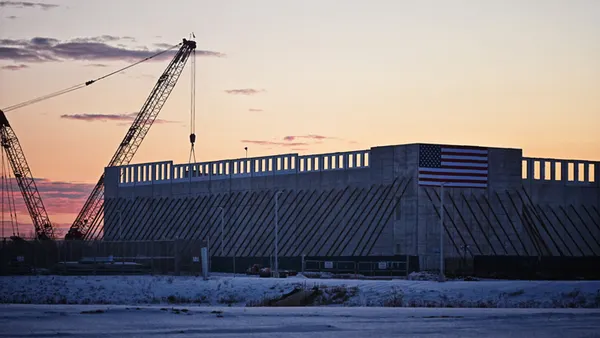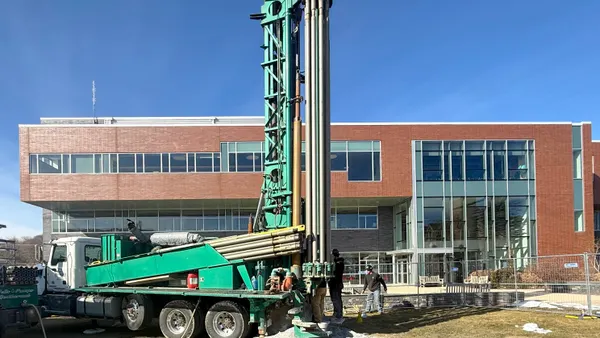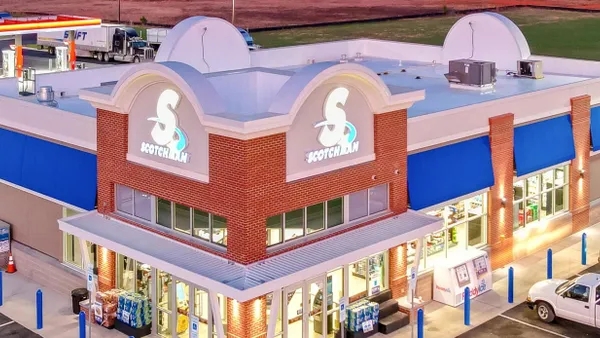The 940-page domestic policy bill that President Donald Trump signed into law July 4 could make owners less likely to fix up troubled properties or convert them to other uses, say supporters of the Section 179D commercial building energy efficiency deduction.
The new law eliminates the 20-year-old tax deduction that supporters say gives owners the financial confidence to bring obsolete and financially distressed properties up to code or to convert them to other uses in an effort to breathe new life into them.
“The deduction has played an underappreciated role in revitalizing distressed assets — particularly those languishing in default or under special servicing,” says Paul Williams, whose Foreclosurepedia publication covers the distressed property industry. “In many foreclosure scenarios involving office buildings, warehouses, or mixed-use commercial properties, energy efficiency upgrades were not just green virtue-signaling — they were crucial to stabilizing occupancy, increasing market valuation, and meeting compliance thresholds required by insurance carriers or municipalities.”
In a typical scenario, Williams says, owners piggyback off the energy efficiency upgrades — replacing the HVAC system and lights, improving the building envelope — to make other upgrades that can reposition the building to attract tenants or convert the building to a different use.
“Larger commercial service firms [have] been eyeing the commercial sustainability space as a potential growth sector, particularly in light of record-high office defaults and an anticipated surge in building conversions,” Williams says. “With 179D off the table, the economic viability of such conversions is now in question. Firms that had invested in training, compliance infrastructure, or partnerships with energy audit providers may find themselves holding the bag.”
Private financial institutions and municipalities aren’t well-positioned to replace the deduction because only a federal program can create the standardization owners rely on to make changes that could expose them to compliance risk, Williams says.
“Commercial owners navigating bankruptcy or servicing agreements are unlikely to engage in new programs whose legal implications and accounting benefits remain untested,” he says.
The new law sunsets the credit starting next year on June 30. A number of industry groups are expected to push Congress to restore the tax break.
“This critical deduction … supports job creation in the trades, engineering, and manufacturing,” says the Sheet Metal and Air Conditioning Contractors' National Association in a letter to Congress it released with the International Association of Sheet Metal, Air, Rail, and Transportation Workers.
“For nearly two decades, Section 179D has served as an important tool for HVACR contractors and commercial building owners,” Air Conditioning Contractors of America says on its website. “By allowing owners to deduct the cost of installing qualifying energy-efficient systems — such as high-performance HVACR units — the deduction lowers energy bills, reduces strain on the electric grid, and supports domestic energy independence.”


